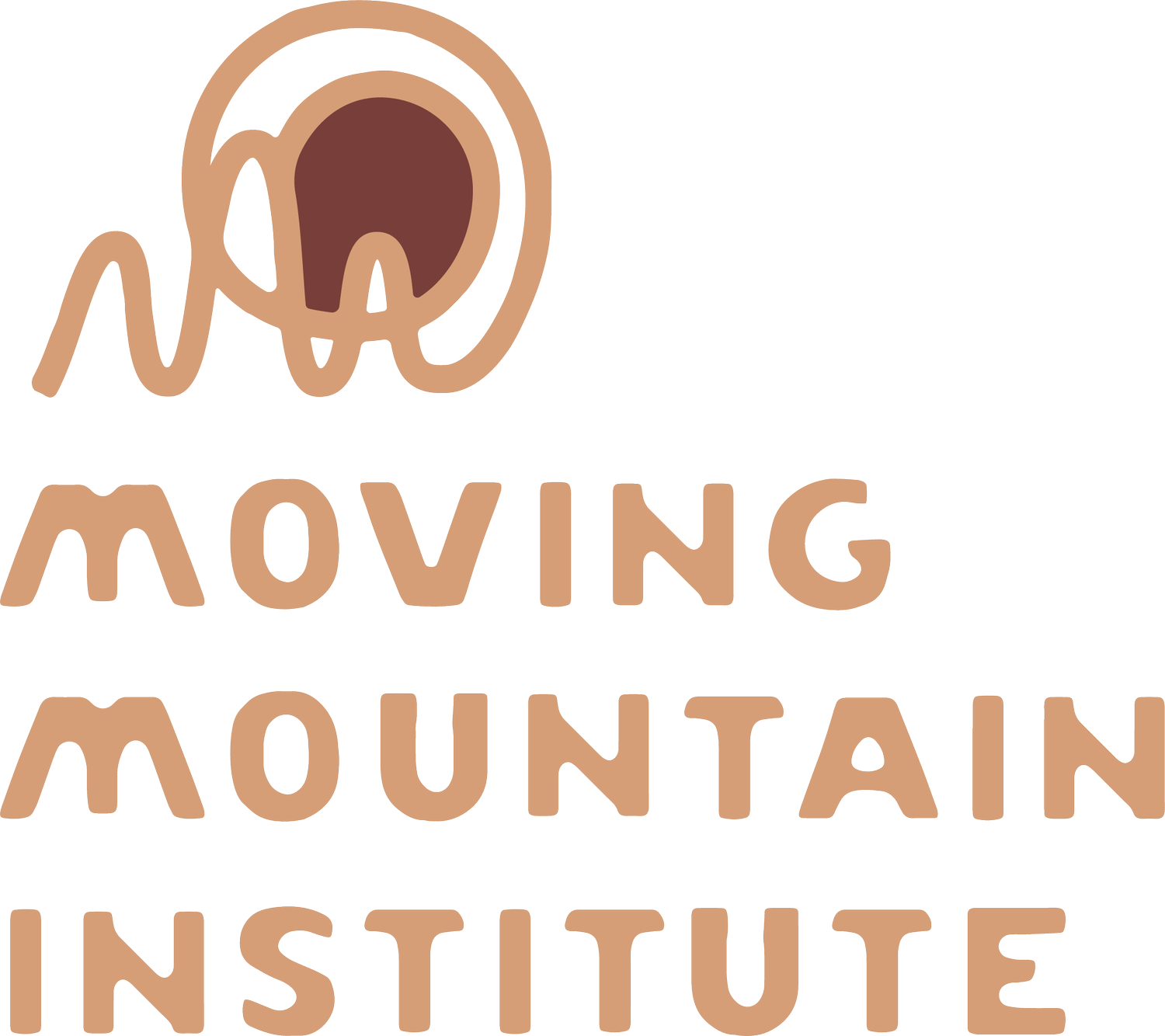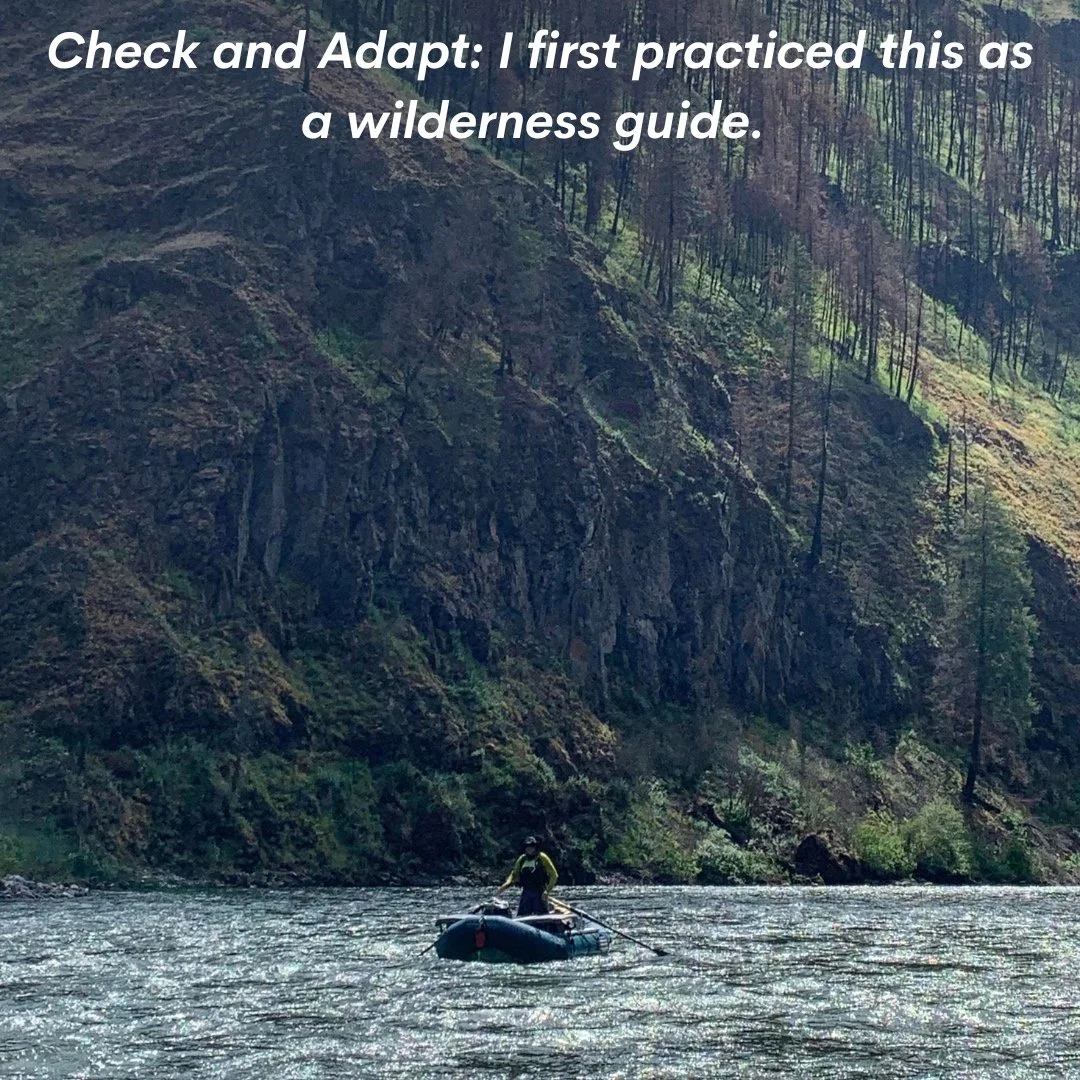How do we talk about “safety” in our work?
/I have been thinking about “safety” lately. I love the polyvagal theory because it places feelings solidly within the ranges of our physiological felt sense, aka interoception. Many people experience the range of their emotions as physiological sensations (or symptoms depending on perspective/severity). The polyvagal theory offers us a map to help our people interpret what the body is expressing. However, most articulations of the theory use the word “safety” in a way I find troubling.
Read More























